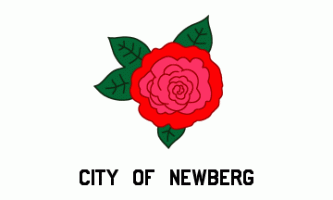| Flag |  |
| Proportions | Unknown |
| Adopted | When was the flag adopted? Use day-month-year format (e.g., 3 March 2003). If unknown, put unknown. |
| Design | What does the flag look like? Describe the design in enough detail that someone could sketch it. Start with the most general features (e.g., the color of the field, the way it is divided, that it contains a seal) before describing more specific ones (e.g., what appears on the seal). Quantitative measurements (e.g., of angles, coordinates, or distances) or diagrams showing these don’t belong here; if necessary, include them in the Notes section below. |
| Symbolism | What is the flag intended to acknowledge or represent? Explain the meanings of design elements that have them: colors, patterns, seals, or other items. |
| How Selected |
How did this flag come about? Was a contest held and/or a professional designer assigned the task? Provide as many details as are available. If none, put “Unknown”. |
| Designer | Who designed the flag? If multiple people were involved, change the tag to “Designers” and explain their contributions. |
| Notes | This is an optional section for information that doesn’t fit in the previous sections. For example, if the flag has been ranked and rated in NAVA’s 2004 American City Flags Survey, this would be the place to mention this. If a “notes” topic is big enough, it can be spun off into an additional row in this table — for example, if we know about a succession of designs that predate the current one, a “Former flags” section would be appropriate. |
| Links |
|
| Acknowl- edgments |
|

